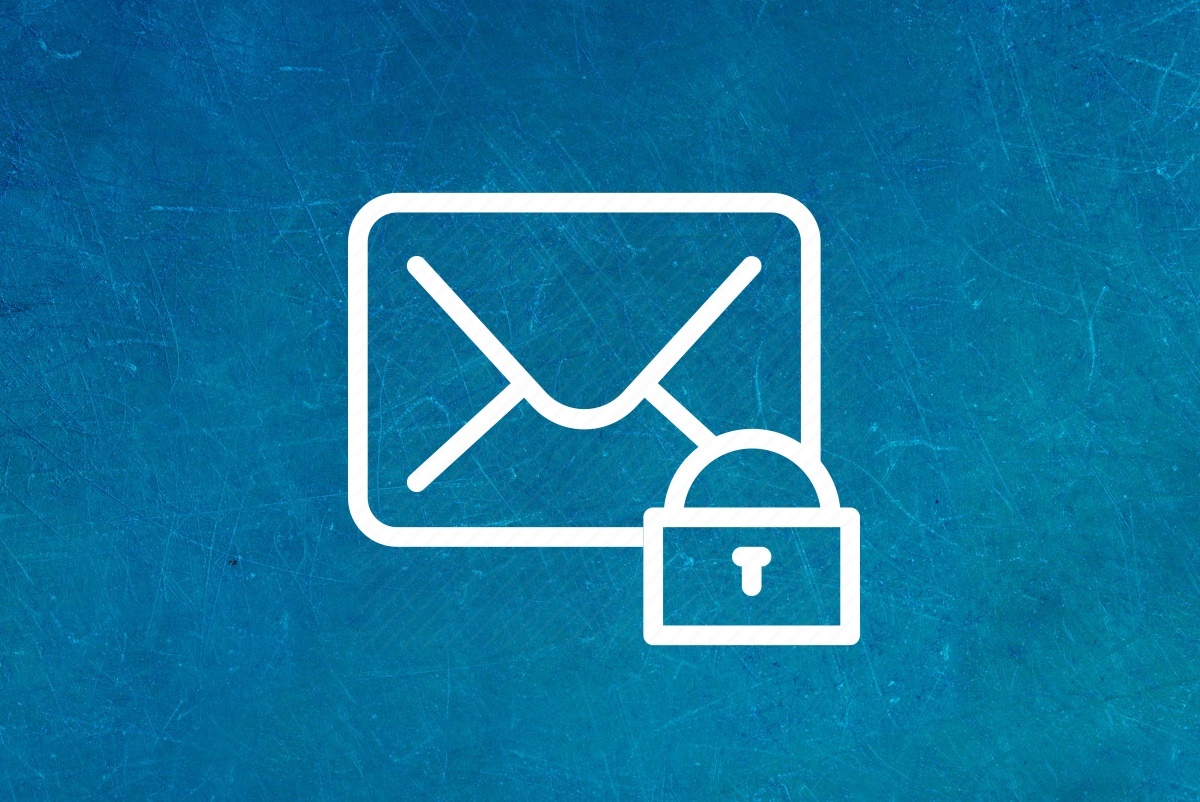Comprehensive Guide to Temporary Email Generators: Benefits and How to Use Them
Introduction to Temporary Email Generators
In the digital age, privacy and security are more crucial than ever. Temporary email generators offer a powerful tool for safeguarding your personal information online. These services provide users with disposable email addresses that can be used for a short period and then discarded. This guide explores the benefits of temporary email generators, how they work, and the best practices for using them effectively.
What Is a Temporary Email Generator?
A temporary email generator creates disposable email addresses that can be used for a limited time before being deleted. These addresses are ideal for users who want to avoid spam, maintain anonymity, or test services without exposing their primary email accounts.
Key Features of Temporary Email Generators
- Anonymous Use: Users can generate email addresses without revealing their identity, protecting their personal information.
- Spam Prevention: Temporary email addresses help prevent spam by providing a separate address for online signups.
- Short-Lived: These emails are active only for a short duration, reducing the risk of long-term spam or unwanted communications.
Benefits of Using Temporary Email Generators
1. Enhanced Privacy and Anonymity
Temporary email addresses allow users to register for online services without disclosing their personal email addresses. This helps in maintaining privacy and reduces the risk of personal information being leaked or sold.
2. Reduction of Spam and Unwanted Emails
By using a temporary email for one-time registrations or subscriptions, users can avoid cluttering their primary inbox with spam or promotional emails. This helps in keeping the main email account clean and organized.
3. Testing and Development
Developers and testers can use temporary emails to test registration processes, verify email delivery, and troubleshoot issues without using real email addresses. This ensures a more secure and controlled testing environment.
4. Temporary Use for Transactions
For online transactions or one-time signups, a temporary email can be used to provide a valid contact point while avoiding long-term spam. This is especially useful for temporary memberships or trial services.
How Temporary Email Generators Work
Temporary email generators work by creating an email address that is only active for a short period. Once the set time expires, the email address is deactivated, and all associated messages are deleted. This process is often automated to ensure that users have a seamless experience.
Steps to Use a Temporary Email Generator
- Choose a Temporary Email Service: Select a reliable temporary email generator from available options online.
- Generate a New Email Address: Use the service to create a new, disposable email address.
- Use the Address for Your Needs: Register, subscribe, or test services using the temporary email.
- Monitor and Manage: Access the temporary email inbox if needed, and note that it will be cleared after a set period.
- Address Expiration: The email address will expire and be removed automatically, ensuring no residual data.
Best Practices for Using Temporary Email Generators
1. Choose a Reputable Service
Not all temporary email generators offer the same level of security and functionality. Select a service known for its reliability and data protection practices to ensure a positive experience.
2. Avoid Using for Sensitive Transactions
While temporary emails are excellent for avoiding spam, they should not be used for highly sensitive transactions or communications. For important accounts and transactions, use a secure, permanent email address.
3. Monitor Email Usage
If you need to monitor the temporary email for any period, ensure you regularly check it while it's active. Some services provide notifications or easy access to the inbox.
4. Be Aware of Expiry Times
Temporary email addresses are meant to be short-lived. Be mindful of the expiry times to avoid losing access to necessary information or confirmations.
5. Use for Testing and Non-Critical Signups
Temporary emails are best used for testing purposes or non-essential signups where long-term communication is not required. For critical communications, always use a reliable, permanent email.
Common Use Cases for Temporary Email Generators
1. Online Registrations and Signups
Using a temporary email address for online registrations helps prevent spam and protects your primary email address from being exposed to unwanted marketing.
2. Testing and Development Environments
Developers often use temporary emails to test registration flows, validate email functionality, and troubleshoot issues without impacting real user accounts.
3. One-Time Purchases and Trials
For one-time purchases or trials, a temporary email address ensures you receive necessary confirmations or receipts without exposing your main email.
4. Avoiding Marketing and Promotions
By using a temporary email address for subscriptions or online forms, you can avoid being added to marketing lists and reduce the amount of promotional spam you receive.
Conclusion
Temporary email generators are a valuable tool for maintaining privacy, reducing spam, and managing online interactions effectively. By understanding their benefits and best practices, users can leverage these services to protect their primary email accounts and enhance their online experience. Whether for testing, temporary use, or avoiding spam, temporary email generators offer a versatile solution for managing digital communications.




